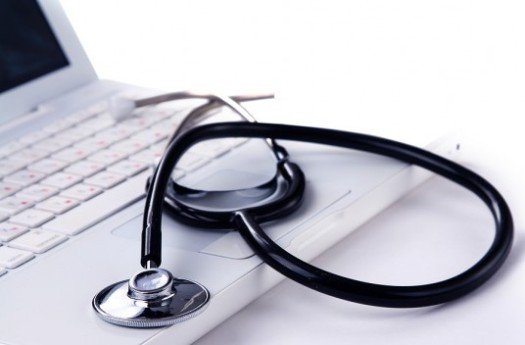Medical Software: Advancements and Security Concerns in 2024
In recent years, the landscape of healthcare has experienced digital transformation just like any other industry. And telemedicine is at the forefront of this transformation. As we navigate through a world where convenience meets necessity, software emerges as the unsung hero, powering a new era of patient care that transcends traditional boundaries. It’s changing how […] The post Medical Software: Advancements and Security Concerns in 2024 first appeared on IT Security Guru. The post Medical Software: Advancements and Security Concerns in 2024 appeared first on IT Security Guru.

In recent years, the landscape of healthcare has experienced digital transformation just like any other industry. And telemedicine is at the forefront of this transformation. As we navigate through a world where convenience meets necessity, software emerges as the unsung hero, powering a new era of patient care that transcends traditional boundaries. It’s changing how healthcare providers interact with patients, where and when patients can access care, and more.
In today’s article, we’ll dive into how cutting-edge medical software revolutionizes telemedicine, and how telehealth providers can protect themselves from the inherent cybersecurity threats that come with it.
Advancements in Telemedicine Enabled by Medical Software
Among adults over the age of 18, more than one in three (37%) used telemedicine in the last 12 months. It’s growing quickly, thanks in large part to the sophisticated systems that power its backend. The most significant technological advancements shaping the future of patient care include:
-
- Real-time diagnostics and monitoring: With devices patients can use at home, critical health data like heart rate, blood pressure, and glucose levels are transmitted directly to healthcare providers.
- AI-driven consultations: AI algorithms can analyze vast amounts of medical data in seconds, providing doctors with diagnostic assistance based on patterns that aren’t immediately obvious, even with trained eyes.
-
- Remote patient management systems: Remote patient management systems allow doctors to oversee their patients’ conditions continuously, adjusting treatments as needed based on real-time data.
- Telehealth EMRs: Electronic medical records (EMRs) are a critical part of both telemedicine and its in-person counterpart. They ensure patients’ data is always accurate and readily accessible by patients, insurers, and healthcare providers.
All these advancements reduce geographical barriers to healthcare access, reduce wait times, streamline administrative tasks, and make healthcare more cost-effective for both providers and patients.
Challenges and Solutions in Telemedicine Software Implementation
With so much sensitive data housed within medical systems, cybersecurity is, of course, a huge problem. In 2022 alone, more than 22 million US health records were breached. Some research reveals that over a quarter (26%) of healthcare businesses have immature or non-existent security protocols in place, making them extremely susceptible to data loss or theft.
Infostealers target health sector data because it sells for 10 to 40 times more than credit card information on the black market. To ensure medical software is secure, there are a few steps to take:
-
- Eliminate vulnerabilities through multiple rounds of testing: Medical software development best practices demand a thorough security assessment at every stage, from initial design through deployment and post-implementation.
- Comply with regulations: HIPAA and other regulatory requirements mandate that healthcare providers safeguard patient data. Businesses that fail to comply face severe penalties.
- Regularly test software security systems: Most cyberattacks on patient data are opportunistic. Continuously testing your systems will help you spot and patch vulnerabilities before someone exploits them.
Endnote
Medical software will only become more prominent as the medical industry adopts more and more tools. While it offers a range of benefits (from greater diagnostic accuracy to a better patient experience and lower operational costs), there are security challenges. As we move toward a digital healthcare landscape, protecting patient data will become the most crucial consideration for software developers and healthcare organizations around the world.
The post Medical Software: Advancements and Security Concerns in 2024 first appeared on IT Security Guru.
The post Medical Software: Advancements and Security Concerns in 2024 appeared first on IT Security Guru.
What's Your Reaction?












![[Computex] The new be quiet cooling!](https://technetspot.com/uploads/images/202406/image_100x75_6664d1b926e0f.jpg)








